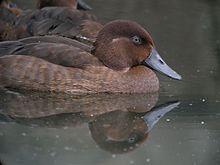Sunday 31 August 2014
 BIRD charity the RSPB is expected to stop using a stately home near Edinburgh as an event venue in the wake of fierce controversy over its links with the illegal killing of birds of prey.
BIRD charity the RSPB is expected to stop using a stately home near Edinburgh as an event venue in the wake of fierce controversy over its links with the illegal killing of birds of prey.
For the last three years, RSPB Scotland has staged the Scottish Birdfair at Hopetoun House, west of South Queensferry. It has been occupied by Lord Hopetoun and his family for more than three centuries.
He also owns the 11,000-acre Leadhills grouse shooting estate in South Lanarkshire, which has one of Scotland's worst records for wildlife crime. More than 40 incidents have been reported since 2003, including convictions for laying poisoned bait and the shooting of an owl.
RSPB's use of Hopetoun House has prompted a series of angry attacks from bird-lovers, some of who boycotted the Birdfair. The RSPB, however, defended Lord Hopetoun, saying he did not condone illegal practices on his land and that there was a "clear separation" between Hopetoun House and Leadhills.
But now an activist website, Raptor Persecution Scotland, has reported that the RSPB is dropping Hopetoun House as the venue for next year's Birdfair. Sources have also told the Sunday Herald this is the case, saying a three-year contract with Hopetoun has ended.









.jpg)


